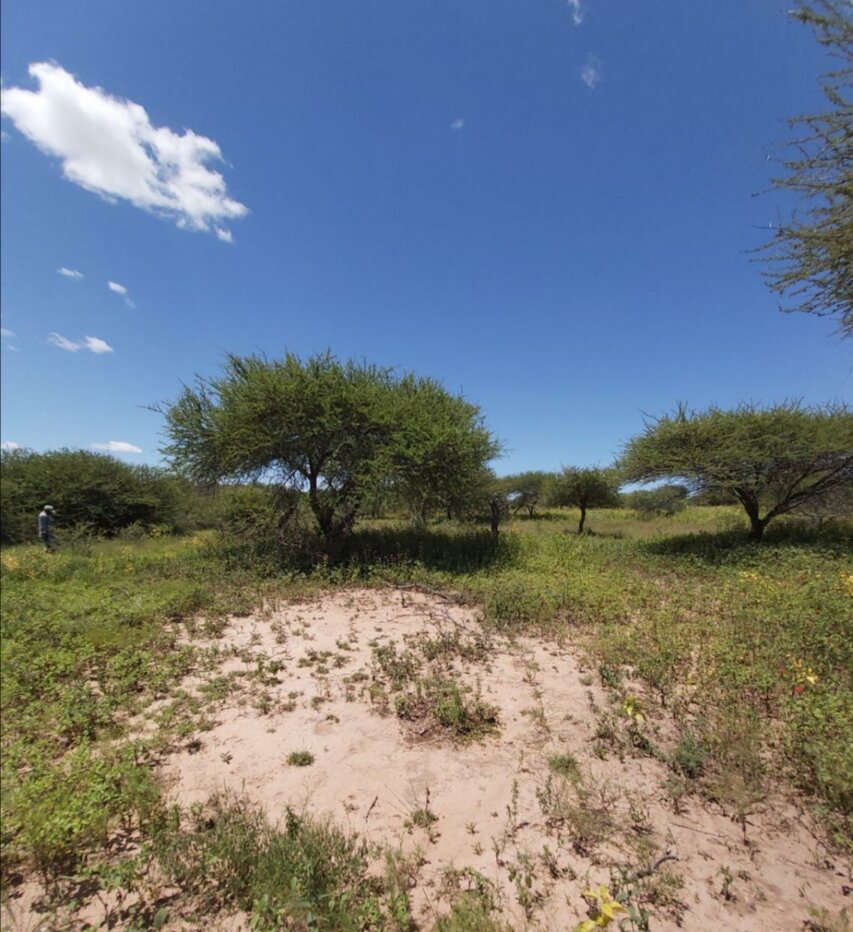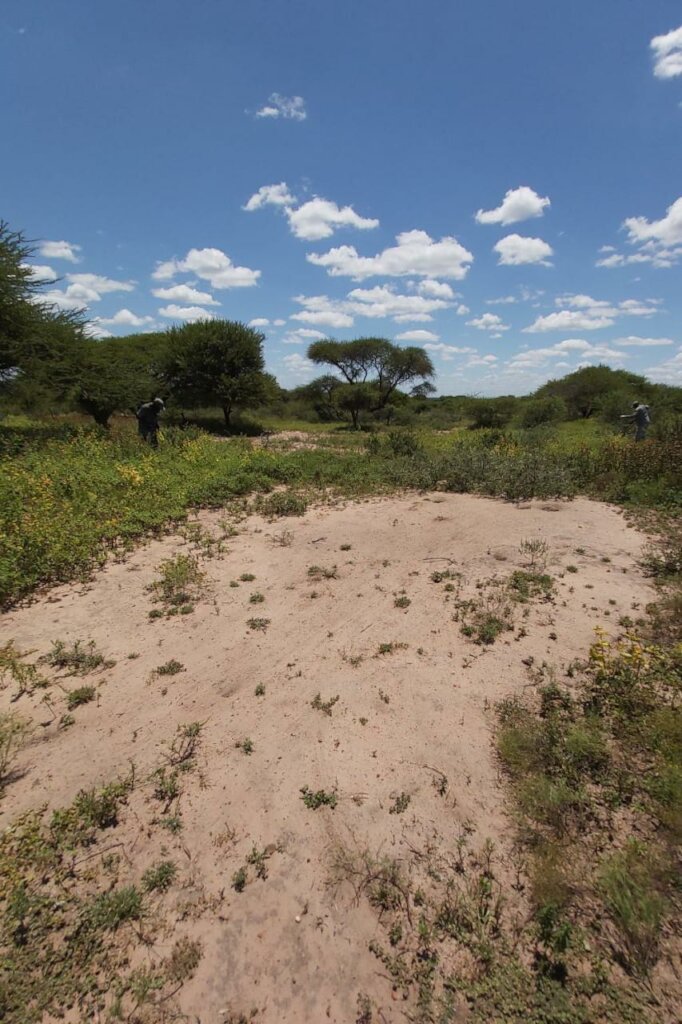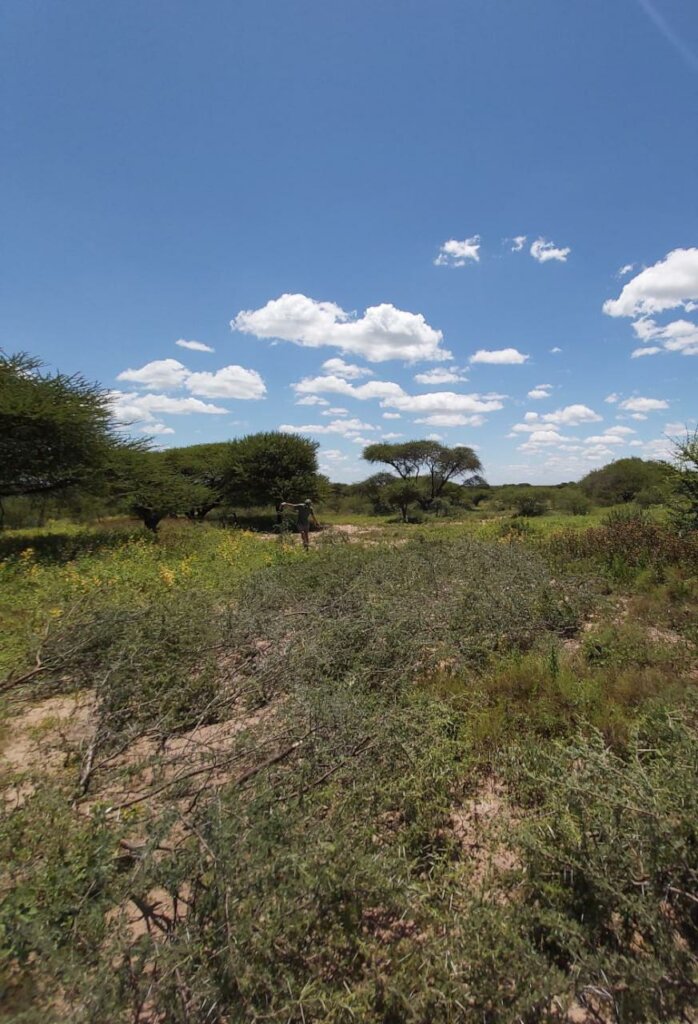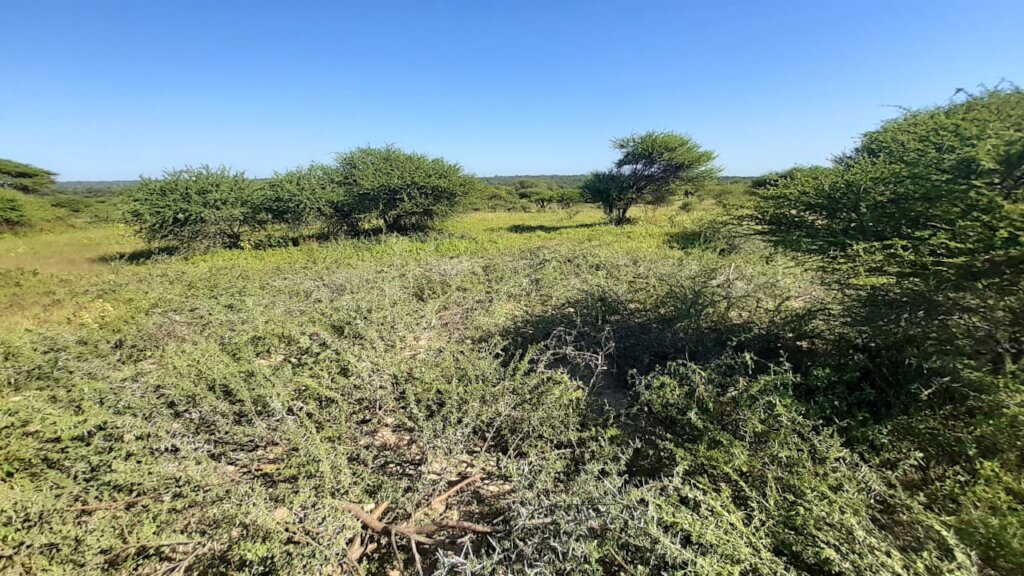By Lucrezia Meinie | Project Leader
Dear HERD Family
Hope you are and your family are all well.
We are delighted to report back on our Phase 2 Land project.
We are so grateful for your support and kindesss we received with this project.
With Phase 1 of this project, we started undertaking of the mammoth task to restore a badly damaged portion of land. Due to agricultural activity on the reserve in past decades, the land has been stripped from its natural protective grass layer and left exposed to the elements. Through the course of time, the exposed soil having no protective layer suffered the full force of incoming rain drops, causing the soil structure to break down. This has resulted in extensive crust formation in the area, causing the soil to become impenetrable to grass seeds. This impenetrable crust has very little to no water retention ability and has in turn led to an increase in soil erosion and localized flooding.
Through Phase 1 of the project, we managed to treat a 42,6 hectare portion of the affected area. To recap, the soil was covered with excess branches from the surrounding encroaching vegetation and tightly packed onto the bare soil in a thick matrass like manner. This creates a sort of micro habitat where the combination of dappled shade and protective thorns have led to increased grass seed germination.
With Phase 2 we want to take it further, adding more steps the restoration project. Using a tractor with an implement referred to as a ripper, we want to loosen the crusted soil in process similar to agricultural tilling. This will assist in creating a more favorable micro-habitat that will facilitate grass seed germination. After loosening the soil, we will scatter a mixture of elephant dung compost and indigenous grass seeds. This elephant dung compost is one of our latest on-site sustainability projects and will be added to a carefully formulated mix of grass seeds. The grass species chosen for this mix are all hardy species that can survive the spartan weather condition of the region. The species combination allows for both annual and perennial species, meaning the soil will covered in the short term (Annual Grasses) and the long term (Perennial Grasses). After this mix has been added we will proceed as per Phase 1, by adding a thick layer of thorny branches that will be tightly packed to form protective layer. This protective layer will protect sensitive grass seeds and seedlings from the impact of rain drops during the initial germination period as well as from grazing animals with an appetite for new growth. The combination of these techniques will lead to ever improving results.
Through Phase 2 of the project, we will be one step closer to our ultimate goal of successfully restoring approximately 1 000 hectares of damaged unproductive land. Through this project we will ensure productive land availability not only for our resident herd of elephants, but for all other species that rely on the ecosystem for their survival. The affected portion of land will see a rise in overall ecological productivity and will be able to deliver essential ecosystem services such as local water retention, flood control and pollination services much better than it currently does.
Images are provided as reference of the work that has been done in the past.
Thank you for your continuous support.
Links:
Project reports on GlobalGiving are posted directly to globalgiving.org by Project Leaders as they are completed, generally every 3-4 months. To protect the integrity of these documents, GlobalGiving does not alter them; therefore you may find some language or formatting issues.
If you donate to this project or have donated to this project, you can receive an email when this project posts a report. You can also subscribe for reports without donating.



